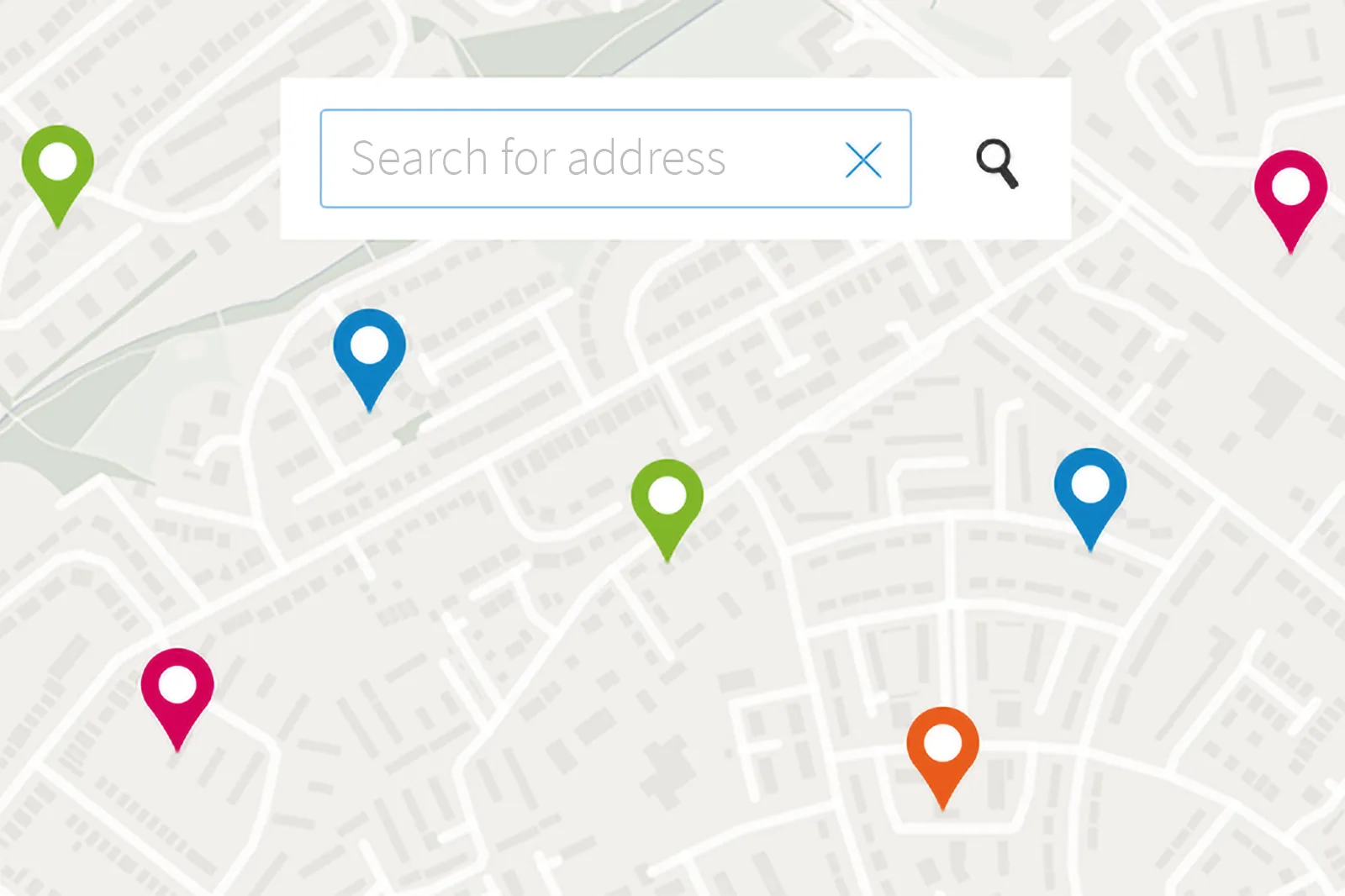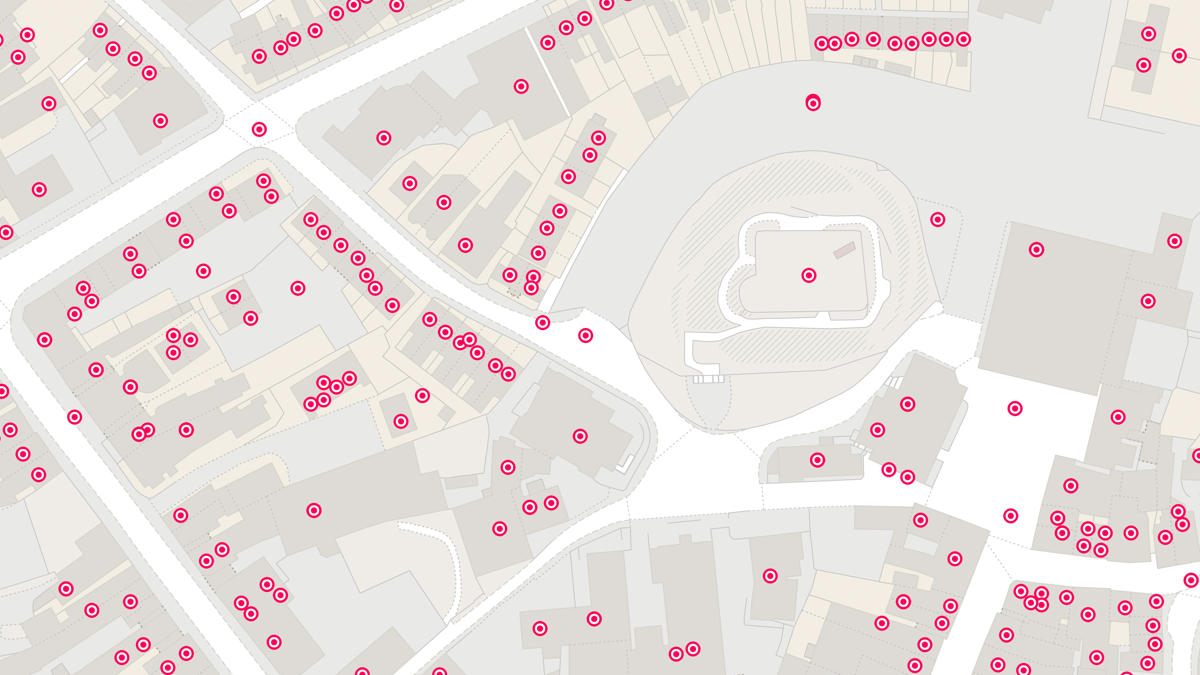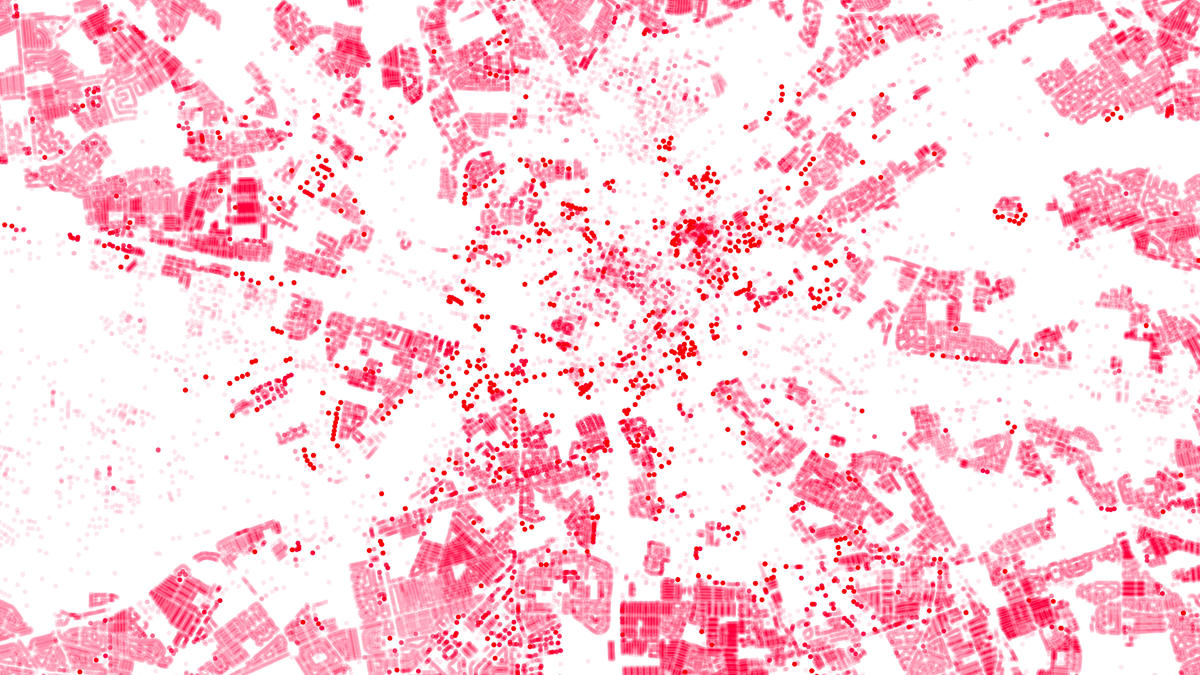Ordnance Survey Open Identifiers Policy enables EPC data release to incorporate UPRNs
Ordnance Survey supports the inclusion of UPRNs in the Department of Levelling Up, Housing & Communities' EPC data release
OS are supportive of the inclusion of UPRNs in the EPC data release. We believe the release is a positive step in not only improving how users link different information but will also improve safety standards for the property sector and users of EPCs so that a central register can automatically check whether a property has an EPC, saving time and money for landlords, residents, and local authorities.
Linking the EPC to a UPRN will provide accurate and relevant data when checking the energy performance data of a property and ensure safer communities across the nation.
Benefits of the UPRN
Verification
A UPRN guarantees which property or object is being identified. This can be especially useful when distinguishing separate flats in a tower block; and it makes it easier to identify a property even if the building is unoccupied.
Interoperable
UPRNs are machine-readable, which makes data exchange easier by using the same reference format. The organisation can be in property, government, finance, retail, health, utilities, and so on, but the UPRN can still work between them.
Efficiency
A local authority or central register can use UPRNs to check whether a property has an EPC, rather than rely on tenants, landlords or homeowners, saving time and money for all involved.
With DLUHC leading this positive change, UPRNs could then be combined with Gas Safe Register, electrical safety reports, and tenancy deposit schemes, allowing automatic record checks.
Insight
Once data becomes linkable, users can utilise UPRNs to share data in a way that is meaningful and understandable, it opens new opportunities for data insight and analysis. Thanks to the efforts of the DLUHC, local authorities can ensure safer communities by using the UPRN to easily identify any properties with no EPCs, to then raise the issue with landlord or resident, accordingly.
London Fire Brigade has used UPRNs matched with EPCs, to model and forecast fire risk far more accurately. They can also develop visualisations, which fire officers can access quickly and easily – with confidence that the locations they're seeing are the right ones. For some of their data analysis, information related to the EPC became the most important.

What is a UPRN?
UPRNs are made available through Open UPRN, and AddressBase, and are assigned by local authorities and Ordnance Survey, with guidance from GeoPlace. Used in a similar fashion as a car’s numberplate, or a person’s National Insurance number, the UPRN provides a consistent, unique identifier or reference point for a property. It then helps enable connectivity between multiple datasets and help optimise addressing data across a variety of sectors and organisations, while providing reassurance that all organisations involved are talking about the same building.
Consider how many processes and people a single property must go through during its lifetime; starting with landowners/agents/valuers, local properties, surveyors, consultants, architects, and developers; plus, all the different industries – financial, property, construction etc – that will play a part in its existence. Overall, consider just how much data it stands to accumulate, including EPCs.
One UPRN is assigned to each addressable location in the UK, and as a unique identifier, that UPRN is associated with that location for its entire lifecycle. Throughout that entire process, the UPRN can be used as a consistent, unique reference point. Organisations can use the UPRN to link records, exchange them, and keep their data consistent within their own internal tools and processes.
As of 1 July 2020, the government mandated the use of both the UPRN and the USRN in all public sector systems and processes. This decision has meant that information on properties and locations can be managed, maintained, linked, and shared, with confidence, and with an improved level of efficiency.
In January 2021, a cohort of the most prominent bodies in the UK’s Residential Property Sector sent an open letter to the Secretary of State for Housing, Communities and Local Government calling for greater adoption of the UPRN, right across the sector. The Institute of Residential Property Management has subsequently set up a working group to implement the adoption.
The government’s decision, and now DLUHC adopting the UPRN, is a positive advancement for these identifiers. By embedding the UPRN in their processes, linking and enhancing data becomes much easier and more efficient, provided everyone uses the same, common denominator. Therefore, the more organisations and sectors that adopt the UPRN, the more effective it becomes.
Imagine a series of links in a chain. Each link is a different organisation and/or different process in a property’s lifecycle – the UPRN is the key link connecting them all together.
Building the foundations
The DLUHC’s decision to incorporate UPRNs with EPCs is a positive development in its data management and will be of significant benefit to the property sector, as well as many others. We’re pleased that DLUHC has adopted the UPRN, and look forward to seeing how it, and other organisations, will use it to their advantage.
For further information visit - Energy performance certificates now include the Unique Property Reference Number (UPRN) (opendatacommunities.org)
Sharing the latest news about OS. We can license you to use OS maps in print, online and film format. For more information and resources for journalists, bloggers and media professionals, email pressoffice@os.uk or call 023 8005 5565.
Products and solutions featured in this blog
OS Open UPRN
An open dataset enabling linking, sharing and visualisation of data related to UPRNs.
AddressBase
AddressBase matches 29 million Royal Mail postal address to unique property reference numbers, bringing a new dimension to the matched records.

